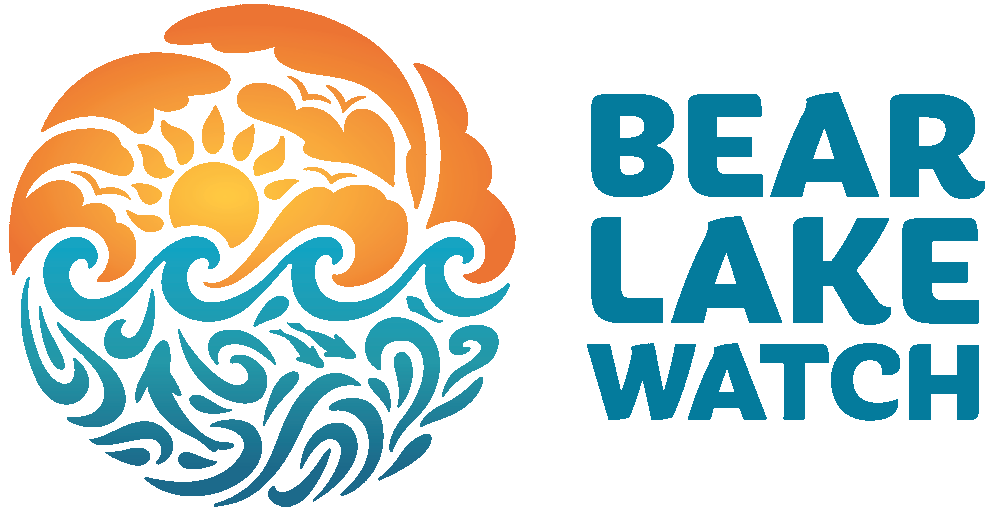Shoreline Regulations
UTAH
Bear Lake Rules and Information
IDAHO
Bear Lake Rules and Information

New Utah RULES to be aware of:
BEACH RULES
- NO launching of watercraft without a permit.
- NO camping or motor vehicles after 10:00pm.
- NO fires or fireworks.
- 10 MPH speed limit.
- NO driving in the water, except as to launch or retrieve watercraft with a permit.
- NO driving recklessly (doughnuts, high speeds).
- NO parking within 100 FT. of water’s edge.
- Travel parallel to water’s edge IS ALLOWED for a maximum of 500 yards.
Violators are subject to a Class C Misdemeanor and liable for civil damages in accruance with state statute 65A-3-3
Bear Lake Motorized Use Map
Not all sections of the beach at Bear Lake allow for motorized vehicle use. Please see the map below to be sure you travel in the correct areas. Up to $1,000 fine for those found traveling in a non-motorized access area.

New Idaho RULES to be aware of:
ORDER
The State Board of Land Commissioners being fully advised, and to protect the public trust resources of the State of Idaho, hereby orders as follows:
The prior Bear Lake Order dated August 30, 1991 is hereby revoked.
The following activities are hereby expressly prohibited on that portion of the bed of Bear Lake in Idaho, from the low water mark to the ordinary high-water mark, which is at elevation 5923.65 feet (UP&L Datum).
A. Driving or operating motorized vehicles parallel to the shoreline. All motorized vehicle travel must be perpendicular to the shoreline, i.e., the most direct route from the ordinary high-water mark to the water’s edge as it exists on the day of travel. This prohibition does not apply to emergency, law enforcement, and government administrative vehicles.
B. Parking motorized vehicles within one hundred (100) feet of the water’s edge as it exists on the day of travel.
C. Overnight parking or camping.
D. Leaving and/or depositing litter, trash, or human waste.
E. Unauthorized digging, removal of dirt or sand, or depositing of any foreign materials.
F. Use of tractors or other heavy equipment for common reed (phragmites) control that does not follow best management practices for effective control.
G. Constructing new fences.
H. Constructing new buildings Existing fills, roadways, fences, buildings, or other encroachments below the ordinary high water mark at an elevation of 5923.65 feet (UP&L Datum) must be either approved through an encroachment permit or removed.

